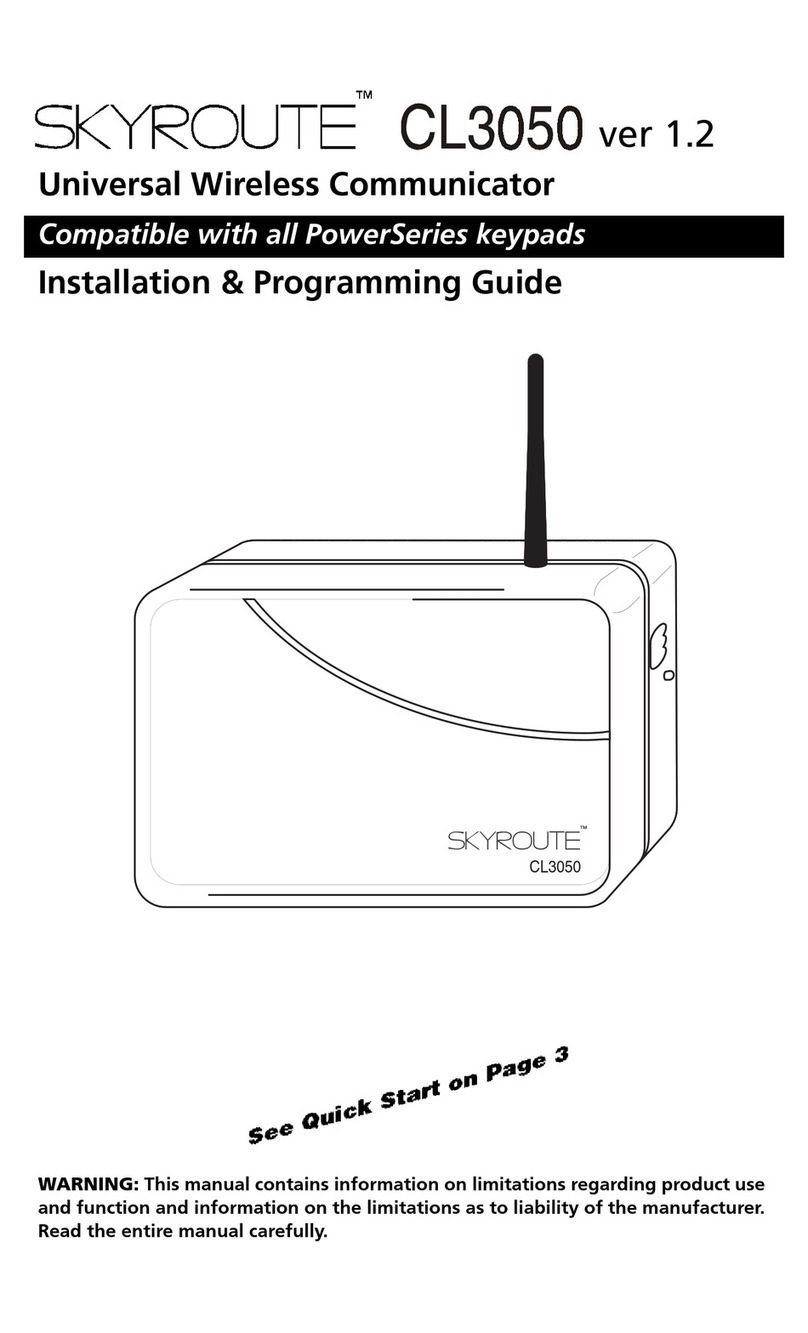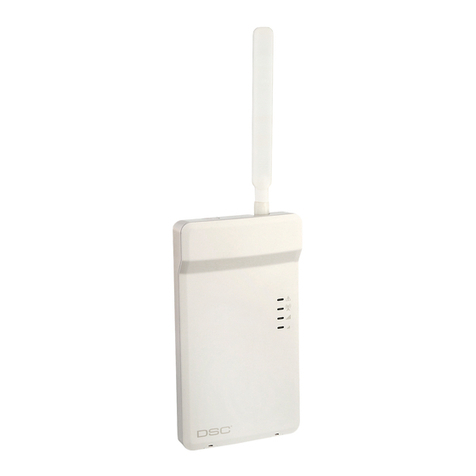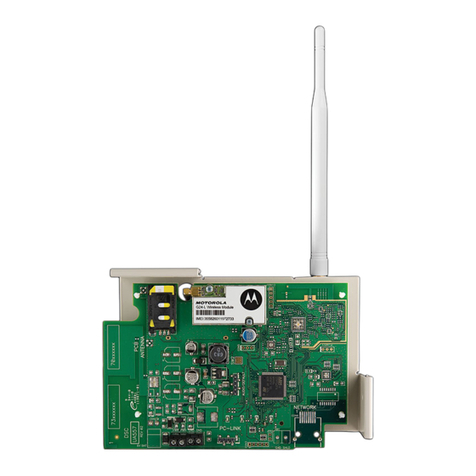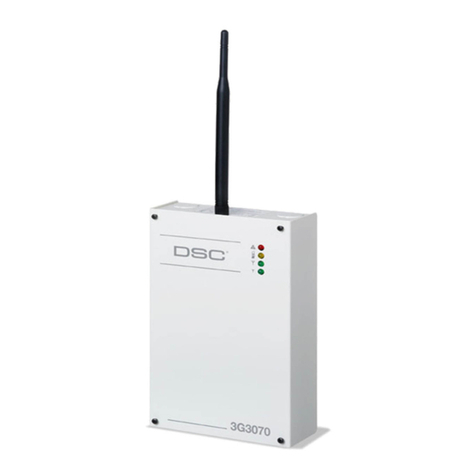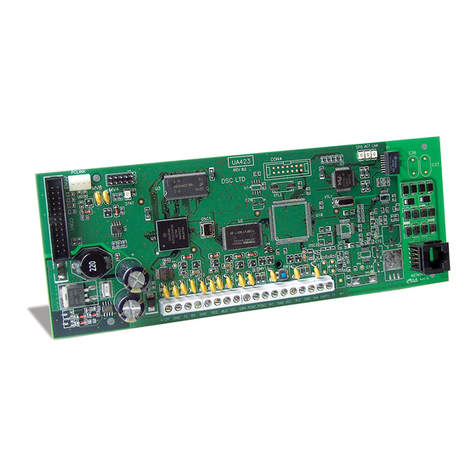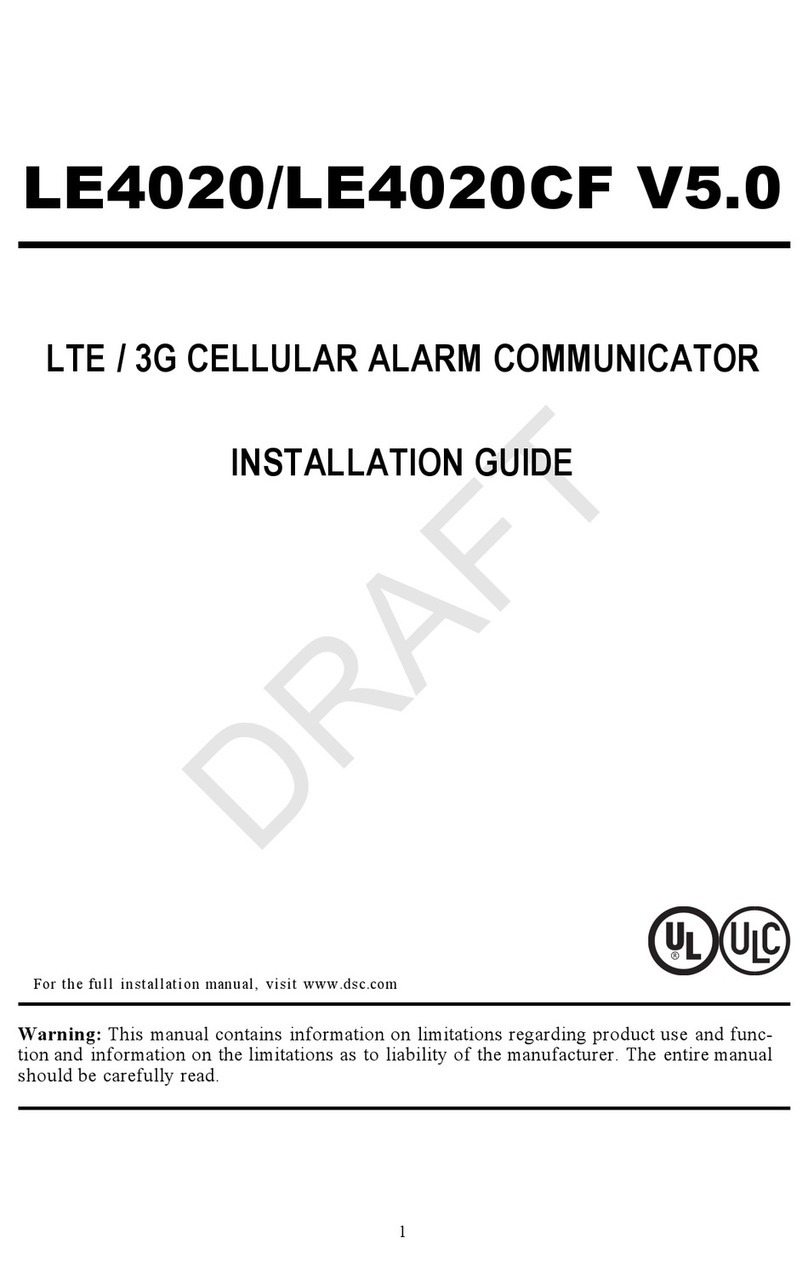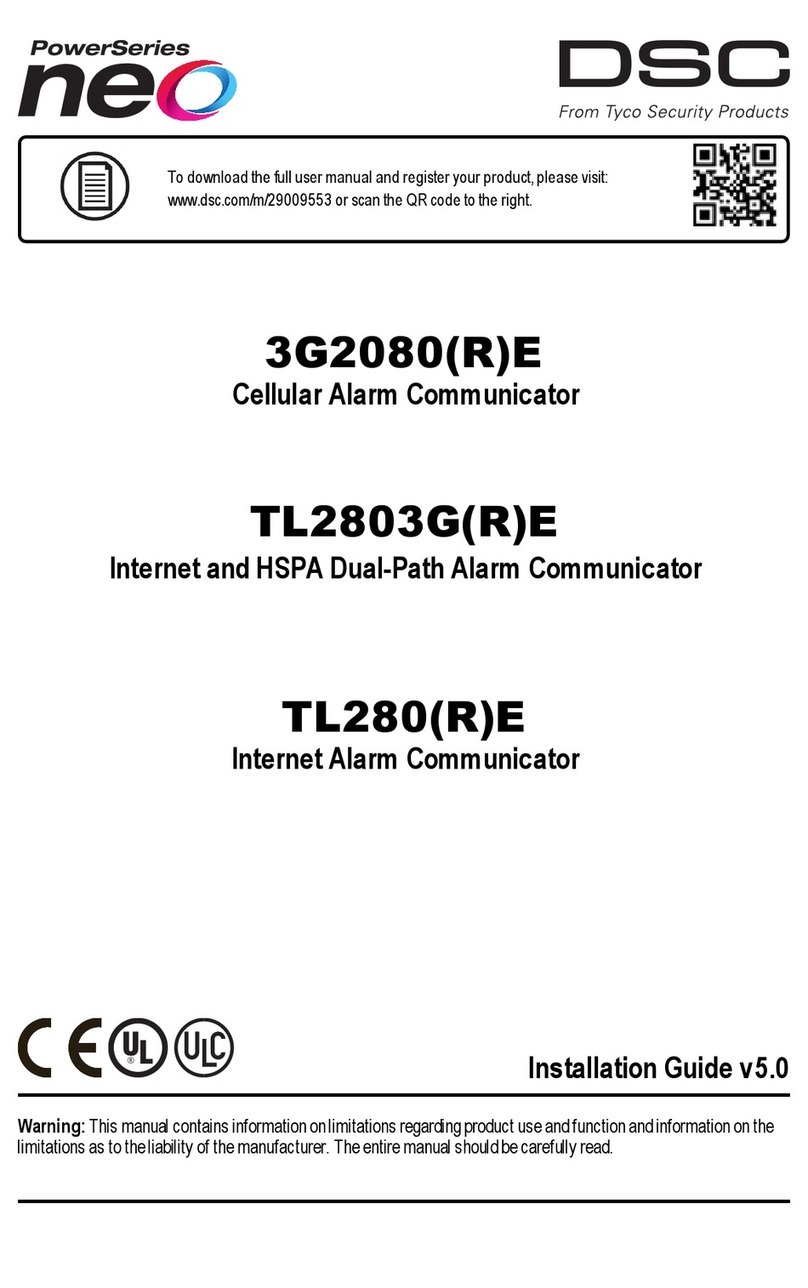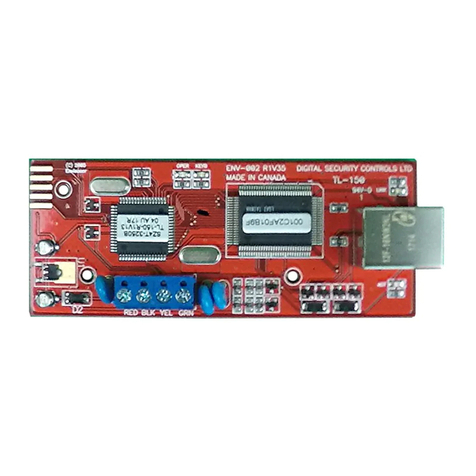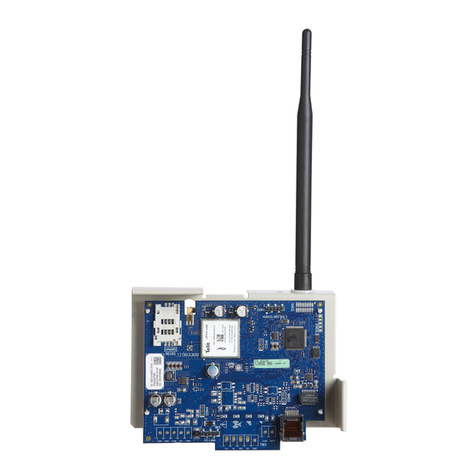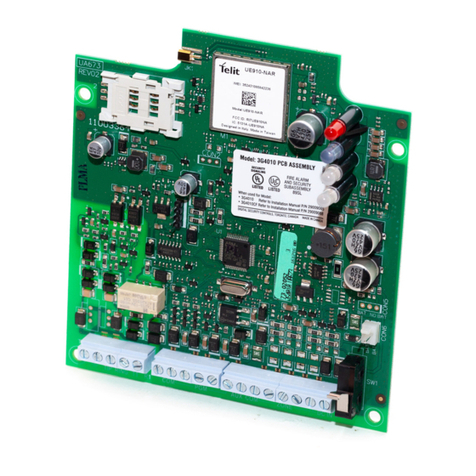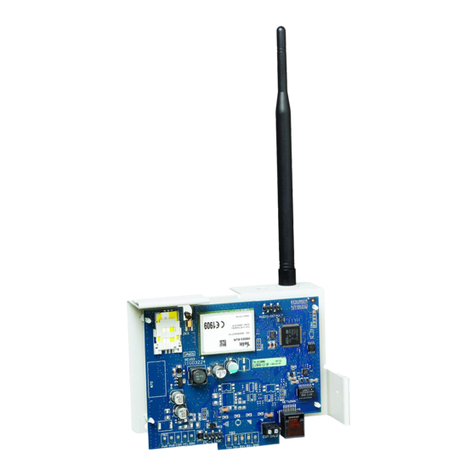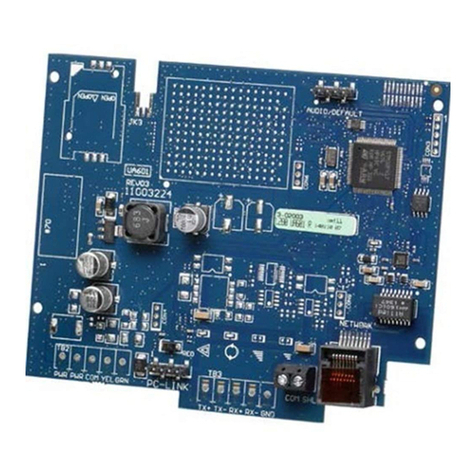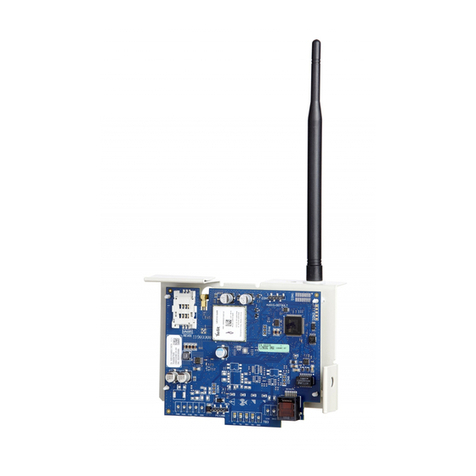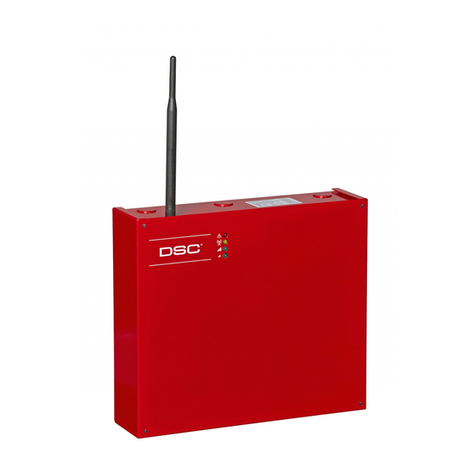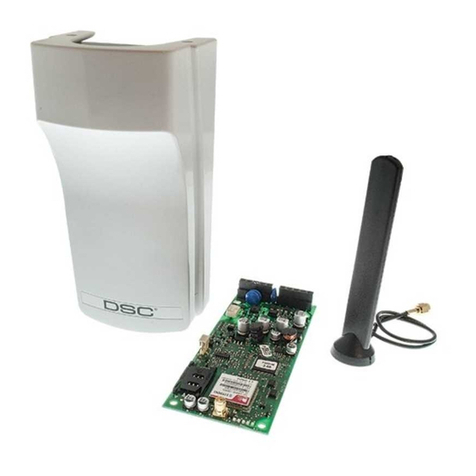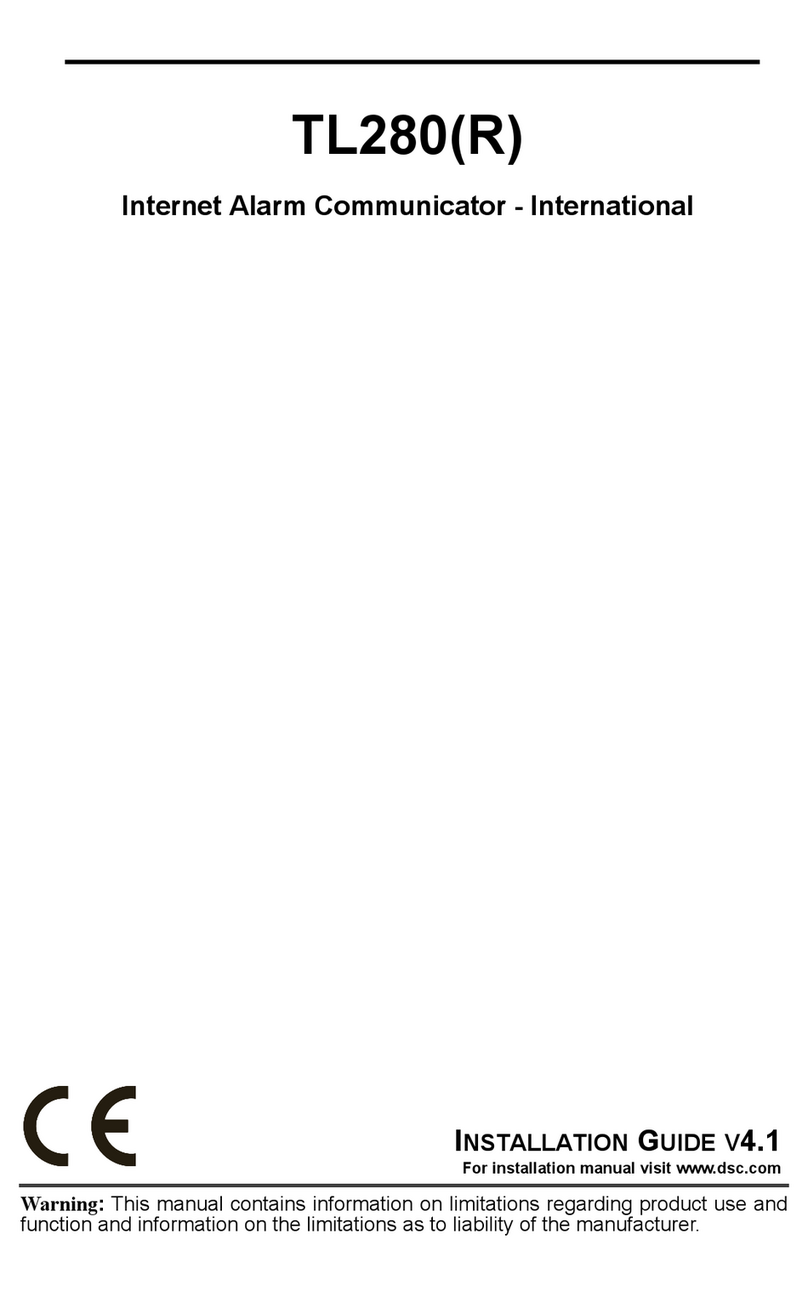
4
Section 1: Introduction
This manual covers two communicator models, the LE4020 and the LE4020CF. They are referred to through-
out this manual as LE4020/LE4020CF unless otherwise indicated.
This LE4020/LE4020CF manages transmissions to a central station and can simulate the landline in the event
of trouble (e.g., landline down) or even substitute the landline completely in areas where the 3G/LTE or 2G
cellular service is provided and a landline is not available.
By connecting a to a control panel's standard PSTN interface, telephone-based Contact ID or SIA signals are
decoded and seamlessly routed through the LTE or 3G network to any of the compatible receiver options.
The LE4020/LE4020CF are wireless communicators for UL/ULC commercial fire and/or burglary applications.
Both models send alarm system information to a Sur-Gard System I-IP, II, III, IV or 5 receiver. The
LE4020/LE4020CF uses the LTE or 3G wireless network. The LE4020/LE4020CF can be used with UL/ULC
Listed compatible control units, as indicated in the manufacturer's installation instructions.
Note: These communicators are designed to work with the Contact ID communication format as described in
the SIA DC-05 standard and the SIA DC-03 standard for 300 baud. Before completing the field installation of
the alarm monitoring system please ensure communication with the supervising central station is successful by
sending several events and getting confirmation that they have been received.
1.1 Features
lDual-band UMTS/HSPA; Penta-Band LTE (LE4020/LE4020CF)
lAdvanced Carrier Selection
lBi-color Wireless Signal Strength Indicator
lLTE or 3G Internet communication with Sur-Gard SG-System I-IP / II / III / IV / 5
lCompatible with listed alarm control panels that have an integrated DACT and support a 4-digit or 10-
digit Contact ID communication format as described in SIA DC-05 Standard and the SIA DC-03 stand-
ard for 300 baud. Example of suitable compatible alarm panels:
DSC Models PC1864, PC1832, PC1616, PC4020. For LE4020/LE4020CF, the following alarm panels
are also compatible: HS2128, HS2064, HS2032, HS2016, HS3128, HS3032
lPanel Transmission Monitoring for up to four phone numbers
lSimulates landline
lSwitches automatically to the LTE or 3G cellular network in the event of landline trouble (e.g., line
down)
lFour Programmable (NO/NC/SEOL) Inputs
l12V 7Ah battery (optional, not included for model LE4020. Required for model LE4020CF)
lCase Tamper Input
lLandline overvoltage protection
lFour Programmable Outputs
lDLS support for status, firmware updates and remote debug enable
lRemote Firmware Upgrade
lRemote Diagnostics
lPanel Format Detection
lSMS Command and Control
Note: Feature not evaluated by UL/ULC
lPhone number call direction
lEasy enrollment with C24 Communications via web or mobile interface
1.1.1 Technical Specifications
The input voltage to the LE4020C can be drawn from the UL/ULC Listed control panel or provided by an
external UL/ULC Listed power supply rated for the application (external power-limited source).
LE4020/LE4020CF Installation Manual
